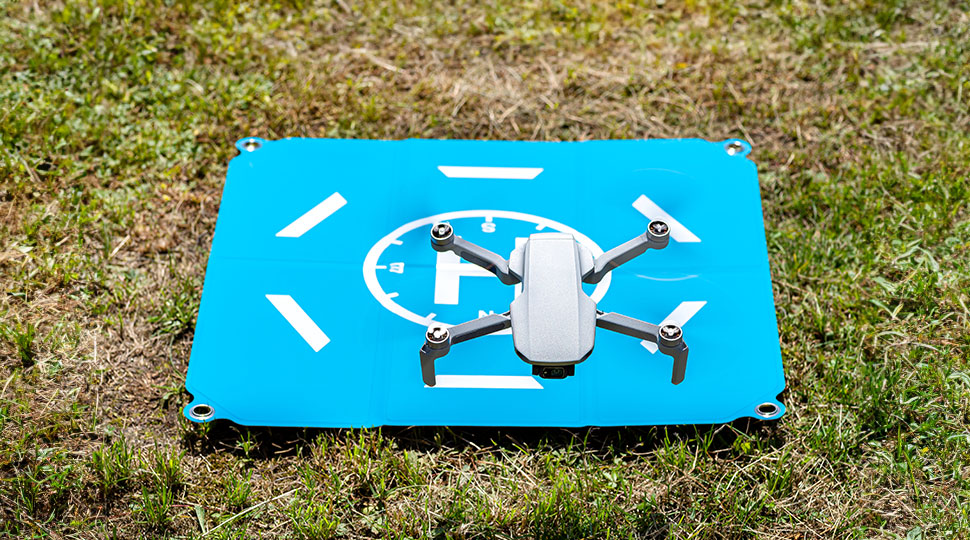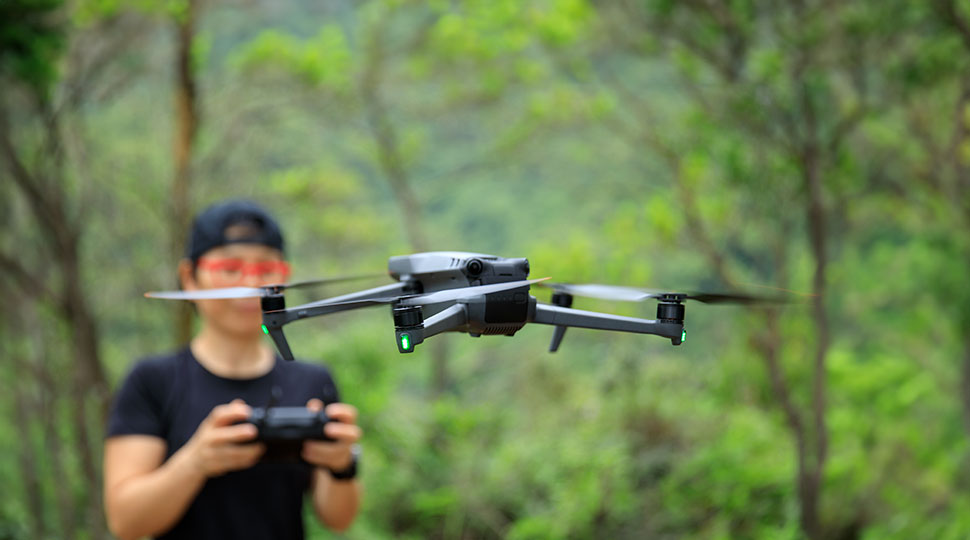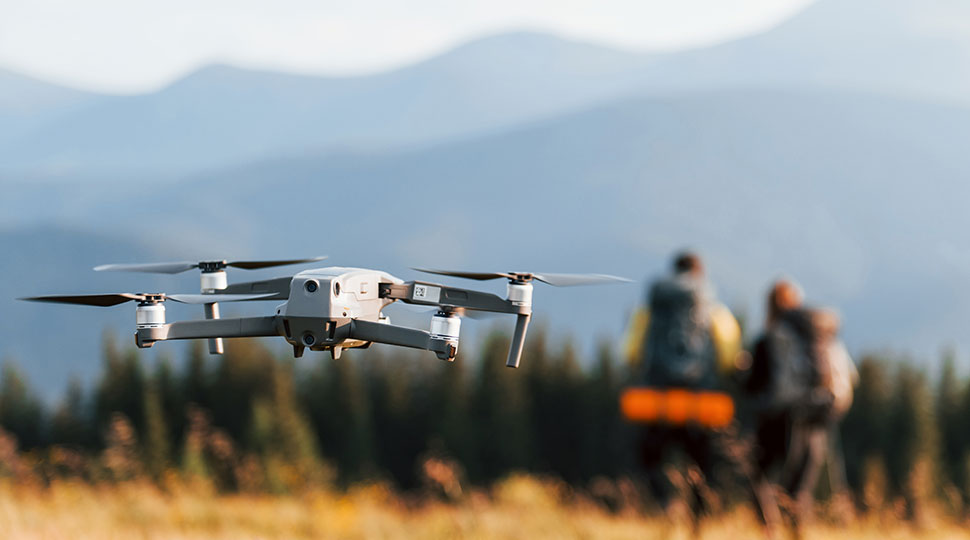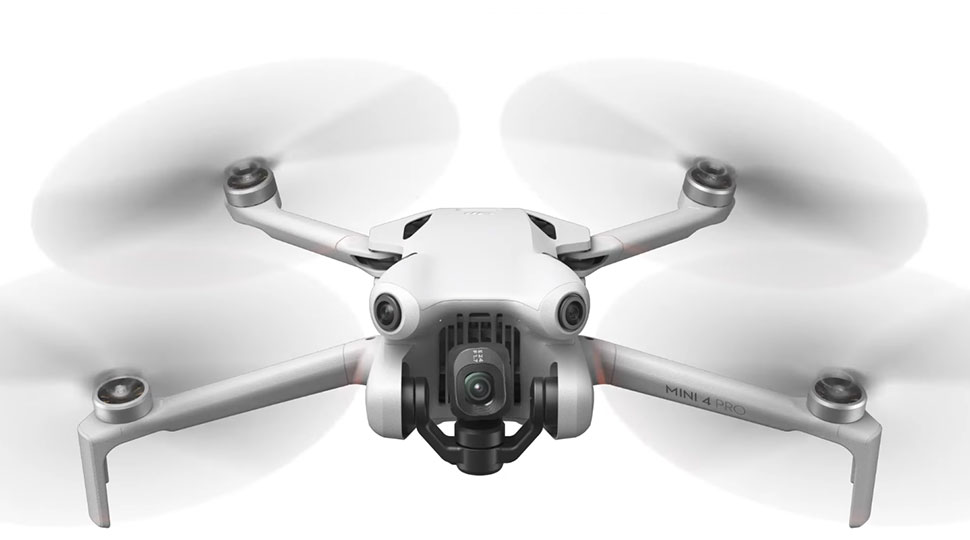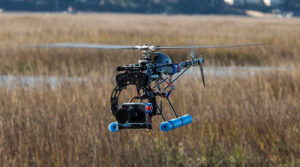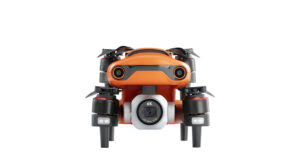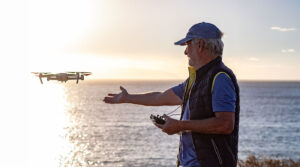With the rise of drone popularity, it’s essential to understand the regulations surrounding their use. Whether you’re an amateur hobbyist or a commercial user, knowing the drone laws that govern drone flight is crucial to avoid legal repercussions.
The term “drone” refers to unmanned aerial vehicles (UAVs), and with over 2 million registered drones in the United States alone, it’s vital to comprehend the rules that regulate their use.
Types of Drone Regulations
Drone regulations can be categorized into two main categories: federal regulations by the Federal Aviation Administration (FAA) and local/state regulations.
Federal Regulations by the FAA
Registration Requirements for Commercial and Recreational Users
The Federal Aviation Administration (FAA) requires both commercial and recreational drone users to register their drones with the agency. This registration process helps track and monitor drone usage, ensuring compliance with federal regulations. To register your drone, you’ll need to provide some basic information, such as your name, address, and email address.
Restrictions on Airspace, Altitude, and Speed Limits
The FAA has established guidelines for drone operation in various airspace categories:
- Class G airspace: Uncontrolled airspace below 2,000 feet above ground level (AGL). Drones can fly freely within this airspace as long as they follow local regulations.
- Class E airspace: Controlled airspace between 1,200 and 10,000 feet AGL. Pilots must maintain contact with air traffic control and follow specific procedures for takeoff and landing.
- Class C airspace: Controlled airspace between 2,400 and 11,000 feet AGL, typically surrounding airports. Drones are not allowed in this airspace unless authorized by air traffic control.
Additionally, the FAA has set speed limits for drones:
- Maximum speed: 100 mph (161 kph)
- Minimum speed: 20 mph (32 kph)
Privacy Considerations when Flying a Drone near People or Property
When flying a drone near people or property, it’s essential to respect privacy concerns and avoid invading individuals’ personal space. The FAA advises pilots to:
- Keep drones at least 25 feet away from people
- Avoid flying over crowds, events, or areas where people may be gathered
- Refrain from using drones to capture footage of private property without permission
- Comply with laws governing surveillance and privacy in your local area
Local/State Regulations
Laws Governing Where You Can Fly a Drone
Local governments have implemented various regulations regarding drone operation within their jurisdictions. For example:
- Some cities prohibit flying drones in specific areas, such as national parks or near airports
- Other cities require pilots to obtain permits or licenses before operating a drone
- Some local ordinances restrict drone use during certain times of the day or in specific weather conditions
Potential Restrictions on Photography or Videography from a Drone
Local regulations may also govern photography and videography from drones. For instance:
- Some areas prohibit flying drones for commercial purposes without a permit
- Other regions limit the type of content that can be captured with a drone, such as aerial footage of sensitive areas like military bases or prisons
- Some jurisdictions require pilots to obtain special permits or licenses before engaging in commercial aerial photography or videography
Different Rules for Public Land versus Private Land
Drone operation rules differ depending on whether you’re flying over public land or private property:
- Public land: Generally, the FAA allows drone use on public lands as long as you follow local regulations and respect any restrictions or closures.
- Private land: Before flying a drone on private land, always obtain permission from the property owner. You may also need to comply with specific rules or regulations set by the landowner.
Licensing Requirements for Businesses Using Drones
Businesses that use drones for commercial purposes must obtain special licenses and permits:
- Part 107 waiver: The FAA requires commercial drone operators to obtain a Part 107 waiver, which involves passing a knowledge test and demonstrating compliance with safety guidelines.
- Business-specific licenses: Some local governments require businesses using drones for commercial purposes to obtain specific licenses or permits before operating.
How to Research Your Own Local Drone Laws
To ensure compliance with local regulations and avoid legal consequences, it’s essential to research your own drone laws. Here are some steps you can take:
A. Contact Your Local Government Offices
- City or County Administration Office: Reach out to your city or county administration office to inquire about any specific regulations governing drone use.
- Planning Department: Contact the planning department to ask about zoning restrictions, permits required for drone operation, and any other relevant information.
- Parks and Recreation Department: If you plan to fly drones in public parks, contact the parks and recreation department to learn about any specific rules or regulations.
B. Utilize Online Resources
- FAA Website: The Federal Aviation Administration (FAA) website provides valuable information on federal and state regulations.
- Drone Laws USA: Drone Laws USA is a comprehensive online resource that outlines drone laws for each state and local jurisdiction in the United States.
- Local Government Websites: Check your city or county’s official website for any drone-related ordinances, permits, or other relevant information.
C. Consult with Other Local Hobbyists
- Join a Local Drone Enthusiast Group: Join a local drone enthusiast group or club to learn from experienced pilots who have navigated local regulations.
- Attend Meetups and Events: Attend meetups and events specifically focused on drones to network with other pilots and gain insight into local regulations.
- Online Forums and Communities: Participate in online forums and communities dedicated to drone enthusiasts to ask questions, share knowledge, and learn from others.
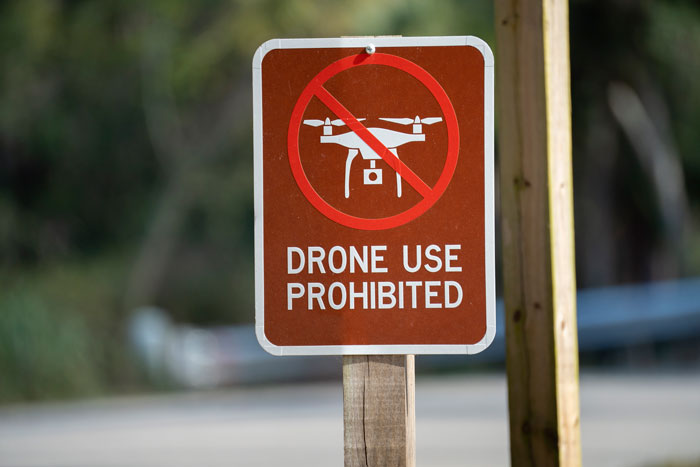
D. Understand the Penalties Associated with Breaking the Law
- Fines and Penalties: Familiarize yourself with the fines and penalties associated with breaking local drone laws.
- Severity of Infractions: Understand the severity of infractions, such as flying near airports or violating airspace restrictions.
- Legal Consequences: Be aware of the legal consequences of non-compliance, including potential lawsuits and damage to your reputation.
It’s always better to err on the side of caution and follow the rules to ensure a safe and enjoyable drone-riding experience.
Cleared for Takeoff
Understanding drone laws is vital for both amateur and commercial users. By familiarizing yourself with federal and local regulations, you can ensure safe and legal operation of your drone.
Remember to research your own local regulations, consult with other pilots, and understand the potential penalties associated with breaking the law.
With this knowledge, you’ll be well-equipped to navigate the world of drone flight while avoiding legal consequences.

